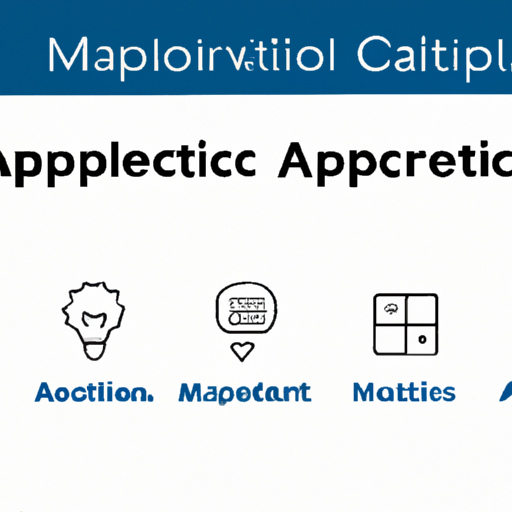Application Development in Capacitor for MCT6: Key Technologies and Success Stories
Capacitor, developed by Ionic, is an open-source framework that empowers developers to create cross-platform applications using web technologies such as HTML, CSS, and JavaScript. It acts as a bridge between web applications and native mobile functionalities, enabling the development of high-performance applications for iOS, Android, and the web from a single codebase.
Key Technologies in Capacitor for MCT6
1. Web Technologies: Capacitor utilizes standard web technologies, allowing developers to work with familiar tools and frameworks like React, Angular, or Vue.js. This makes it accessible for web developers transitioning to mobile app development.
2. Native Plugins: The framework offers a comprehensive ecosystem of plugins that facilitate easy access to native device features such as the camera, GPS, and file system. Developers can also create custom plugins to extend the app's functionality, ensuring tailored solutions for specific needs.
3. Progressive Web Apps (PWAs): Capacitor supports the development of PWAs, enabling applications to function offline and be installable on devices. This capability provides a native-like experience while leveraging the advantages of web technologies.
4. Live Reload: During the development phase, Capacitor supports live reloading, allowing developers to see changes in real-time without the need to rebuild the entire application. This feature significantly speeds up the development process.
5. Cross-Platform Compatibility: One of Capacitor's standout features is its ability to allow developers to write code once and deploy it across multiple platforms (iOS, Android, and web). This drastically reduces development time and effort, making it an efficient choice for teams.
6. Integration with Frameworks: Capacitor seamlessly integrates with popular front-end frameworks like Angular, React, and Vue.js, providing flexibility for developers to choose their preferred tools and libraries.
7. CLI Tools: The Capacitor command-line interface (CLI) simplifies the process of creating, building, and deploying applications, streamlining workflows and enhancing productivity.
Success Stories
1. Ionic Framework: The Ionic Framework itself is built on Capacitor, demonstrating its capabilities in developing high-quality mobile applications. Numerous successful apps across various domains have been created using Ionic and Capacitor, showcasing the framework's robustness.
2. Marketplaces and E-commerce: Several e-commerce platforms have leveraged Capacitor to build mobile applications that deliver a seamless shopping experience. These apps often integrate features like payment gateways, product catalogs, and user accounts, enhancing customer engagement and satisfaction.
3. Social Networking Apps: Capacitor has been utilized in the development of social networking applications, taking advantage of its ability to access native device features. This includes functionalities such as camera access for photo sharing and location services for check-ins, which enhance user interaction.
4. Health and Fitness Apps: The framework has been employed to create health and fitness applications that track user activity, provide workout plans, and integrate with wearable devices. This versatility showcases Capacitor's capability to handle diverse functionalities effectively.
5. Educational Apps: Many educational platforms have adopted Capacitor to develop interactive learning experiences. These applications utilize multimedia content and native features to engage users, making learning more dynamic and effective.
Conclusion
Capacitor is a powerful tool for application development, particularly for those looking to harness web technologies while still accessing native device features. Its flexibility, ease of use, and strong community support make it an attractive choice for developers across various industries. As organizations increasingly recognize the benefits of cross-platform development, Capacitor is poised for continued growth and adoption in the application development landscape. With its robust feature set and successful implementations, Capacitor stands out as a leading framework for modern app development.






